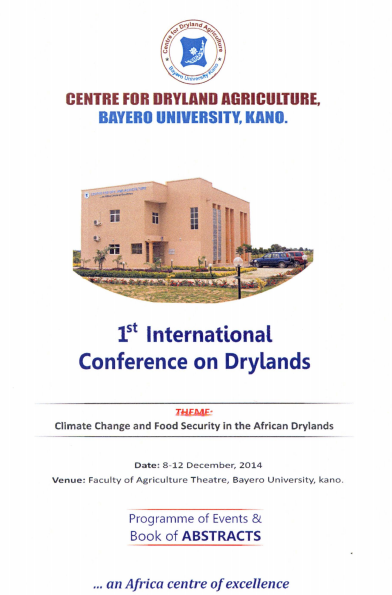Response of some groundnut varieties to Alectra vogelii infestation in northern Nigeria
Summary
Alectra voegelii is one of the parasitic weeds that most threatens groundnut and cowpea production in northern and southern Guinea Savanna region of Nigeria. A field trial was conducted in 2014 during the rainy season at Bayero University’s Teaching and Research Farm in Kano to evaluate the response of 11 local and improved groundnut (Arachis hypogaea L.) genotypes to natural infestation of Alectra vogelii (Benth.). The experiment was laid out in a randomized complete block design (RCBD) with three replicates. Our data recorded that Samnut 25 had the lowest chlorophyll content and canopy temperature, while a local variety, Sabiya, had the highest chlorophyll content and canopy temperature. However, both varieties recorded the highest and lowest Alectra infestation, respectively. Correlation analysis revealed a negative interaction between leaf area index (LAI) and canopy temperature at 70 days after sowing and Alectra infestation at 70 days after emergence among the groundnut genotypes. Further screening should be conducted to identify resistant and susceptible genotypes.
Open resource Download resource Access resource on external site

